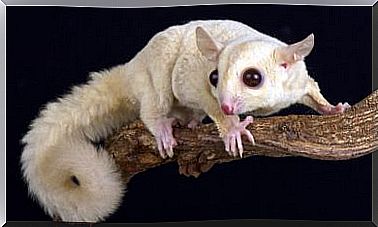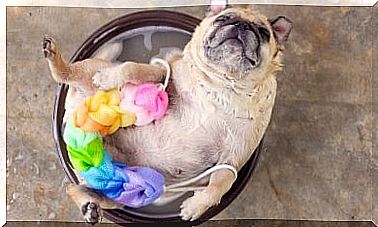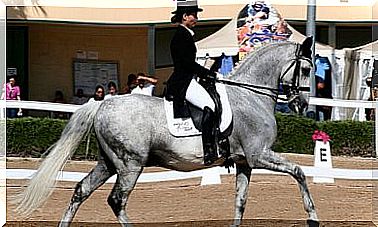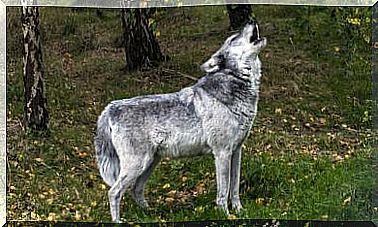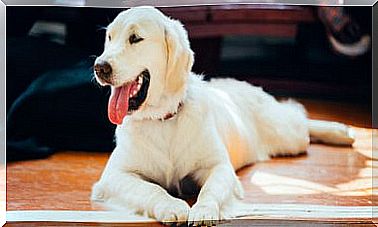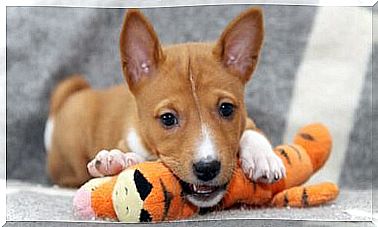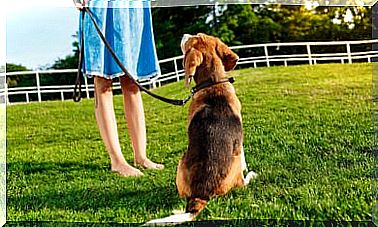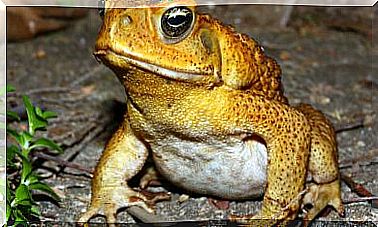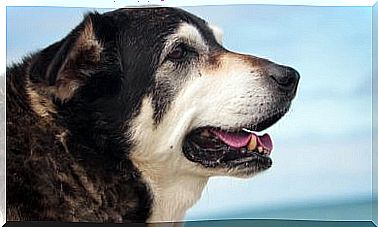The Xoloitzcuintle: Everything You Need To Know
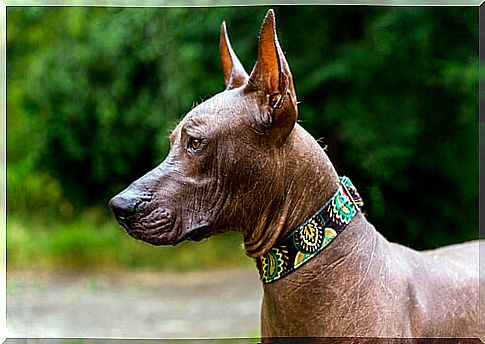
You have surely heard of hairless animals, and among them is the xoloitzcuintle. This dog is of Mexican origin and its origins date back to the ancient Inca empire.
Origin of the xoloitzcuintle
The term xoloitzcuintle originates from the Nahuatl term xólotl , which means strange, deformed, slave, buffoon; for its part, the word itzcuintli means dog.
In Mexican mythology Xólotl was the god of transformation, darkness, the unknown, the monstrous, and death; He was considered the twin brother of the god Quetzalcóatl, who represented life, light and knowledge.
This can already give us an idea of the antiquity of this race, whose name is associated with mythological gods. The Xoloitzcuintle is one of the oldest breeds in the world, and more than 7000 years of history are attributed to it; their domestication is believed to have started about 5500 years ago.
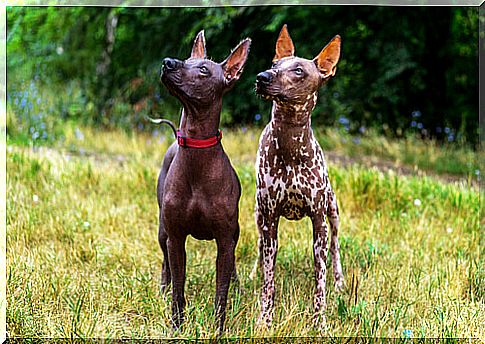
This dog was considered a sacred animal, and the ancient inhabitants of Mexico hunted it for its meat, especially at wedding banquets and funerals.
During the European colonization it was about to disappear. They were eliminated with the aim of eradicating religious traditions towards an animal, considering it pagan. Fortunately, the populations of these dogs fled to other areas and their numbers have recovered until today.
Artists such as Frida Kahlo or Diego Rivera rescued the image of this dog and came to have it as a pet or represented it in their paintings. In 2016, the xoloitzcuintle was declared a cultural heritage and symbol of Mexico City.
A hairless dog?
Indeed, this breed lacks hair, its skin is smooth and hairless, with some loose strands, for example on the head. It can be black, gray, red, liver, bronze and blond, and there are three different sizes in this breed (miniature, medium and standard); the standard type is a medium-sized dog of about 18 to 18 inches. In addition, it has a very proportionate body, the chest is broad and its legs and tail are long.
The gene that produces the absence of hair is dominant. From a litter of hairless dogs, some puppies with hairs can be born, due to a recessive gene. These crosses maintain the genetic variety of the breed.
As a curiosity, their body temperature is around 40 degrees, which together with their absence of hair makes them perfect natural heaters. They are also considered hypoallergenic dogs, since lacking hair cannot cause allergies in people allergic to dogs. In addition, that absence of hair is not conducive to fleas.
These dogs are calm, cheerful and watchful dogs, and they are always on the alert. They are somewhat reserved with people they do not know, but they are affectionate with their family.
Xoloitzcuintle care
The main health problems of this dog are related to their skin, since it is very exposed to solar radiation and they are prone to burns. For this reason, you have to be careful with the time you are in the sun; there are sun creams for dogs.
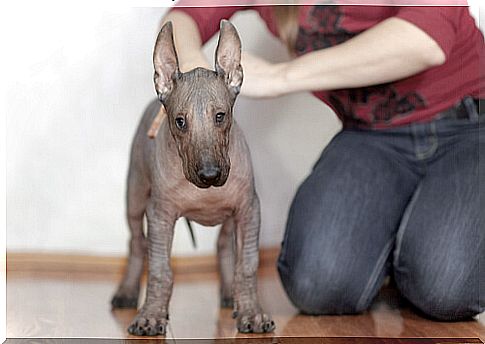
In the same way, they need protection against cold and heat. It is also important to keep your skin hydrated, as it tends to be dry. After bathing, it is advisable to put a moisturizing cream with vitamin E to moisturize your skin and keep it soft and smooth.
Being such a primitive breed, it does not usually have serious associated health problems, other than those that affect its hairless skin. Thus, their life expectancy is around 12 and 14 years.
These dogs are very active and require daily exercise to maintain their physical condition and mental health. An excess of energy can make them destructive.
As you can see, the xolotl is a dog with a lot of history and is considered a symbol in Mexico. Due to its past, its skin and temperament, it is a unique dog worthy of being preserved and appreciated.
